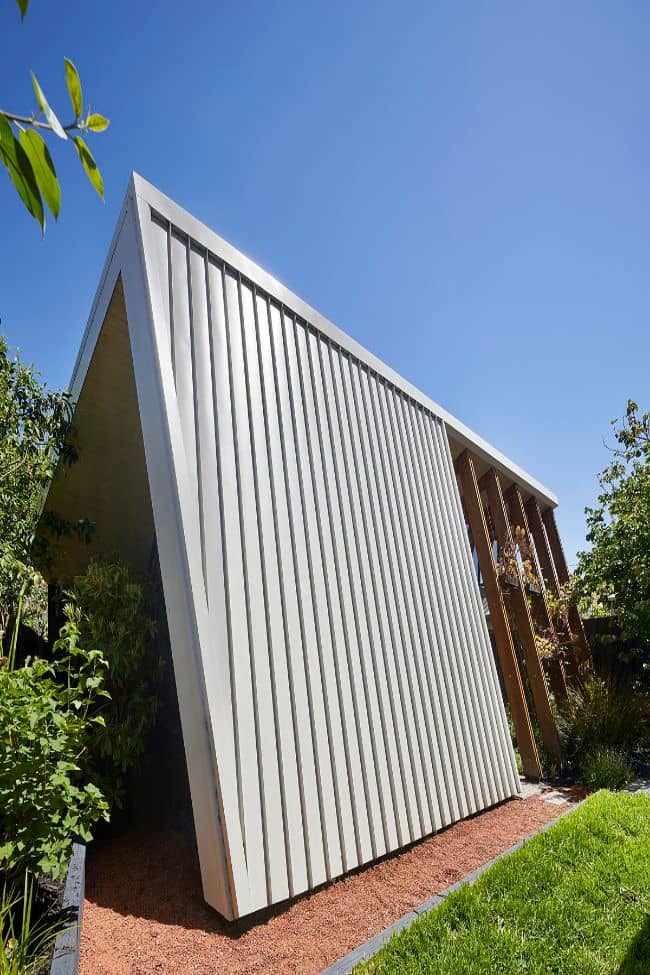
How To Keep Your Central Heating Working Effectively And Efficiently
Keeping your central heating system working effectively and efficiently is crucial for maintaining a comfortable home and reducing energy costs. There are many simple and effective ways to do this, from scheduling regular maintenance to insulating your home and using a programmable thermostat.
In this article, we will explore a list of tips and strategies for keeping your central heating system working effectively and efficiently.
Regular Maintenance
Scheduling regular maintenance for your heating system is crucial for ensuring that it is running at peak efficiency. During a maintenance check, a professional technician will inspect your system to identify any potential issues or areas that need attention. Some of the specific tasks that may be performed during maintenance include:
- Inspecting the system’s safety controls and making sure they are functioning properly
- Checking the system’s ignition, burners, and pilot light to ensure they are functioning properly
- Cleaning the system’s burners and heat exchanger
- Checking the system’s thermostat and making any necessary adjustments
- Inspecting the system’s ductwork and making sure it is properly sealed and insulated
- Checking and replacing any worn or damaged parts
Regular maintenance can help prolong the life of your heating system and ensure that it is running as efficiently as possible. Additionally, it can help identify potential issues before they become major problems, which can save you money in the long run. It is recommended to schedule maintenance at least once a year or as recommended by the manufacturer.
Your service engineer will also be able to identify the point at which it will be more economical to replace the system. Don’t forget that you can now purchase a boiler and radiators online and get some great deals.
Insulate Your Home
Proper insulation can help keep heat inside your home, reducing the workload on your heating system and saving energy. Insulation is the material that helps to keep heat inside your home by slowing down the transfer of heat through walls, floors, and ceilings. There are several types of insulation that can be used in different parts of your home, including:
- Attic insulation: This type of insulation is installed in the attic, and it helps to keep heat from escaping through the roof.
- Wall insulation: This type of insulation is installed in the walls of your home, and it helps to keep heat from escaping through the walls.
- Floor insulation: This type of insulation is installed under the floor, and it helps to keep heat from escaping through the floor.
- Pipe insulation: This type of insulation is installed around hot water pipes and cold water pipes, and it helps to keep heat from escaping through the pipes.
When installing insulation, it’s important to use the correct type of insulation for the specific area of your home. The most common types of insulation include fiberglass, cellulose, and spray foam. Each type has its own advantages and disadvantages, so it’s important to consult a professional to determine the best type of insulation for your home.
It’s also important to check for any air leaks and seal them properly. Air leaks can allow heat to escape, making your heating system work harder to maintain the desired temperature. This can be done by using weather stripping, draft stoppers, or door sweeps.
Proper insulation can significantly increase the energy efficiency of your home and reduce your heating costs. It can also make your home more comfortable by keeping the temperature inside more consistent. It is recommended to check the insulation in your home every five years or as recommended by a professional.
Use a Programmable Thermostat
Using a programmable thermostat can help save energy and money on your heating bill. A programmable thermostat is a device that allows you to set the temperature in your home according to a schedule. This means you can set the temperature to be lower when you’re not at home or when you’re asleep and then have it automatically increase to a comfortable level when you’re awake and present.
Some programmable thermostats can also be controlled remotely via smartphone apps or voice commands, so you can adjust the temperature even when you’re away from home.
When setting up a programmable thermostat, it’s important to consider your daily schedule and the temperature preferences of everyone in your home. You’ll want to set the temperature lower when you’re not at home and then increase it to a comfortable level when you’re awake and present. It’s also important to consider the weather and adjust the temperature accordingly.
Programmable thermostats can significantly reduce your heating costs and increase the energy efficiency of your home. According to the U.S. Department of Energy, you can save about 10% a year on your heating and cooling bills by simply lowering your thermostat 7°-10°F (4°-6°C) for 8 hours a day from its normal setting.
Additionally, some programmable thermostats have additional features such as learning patterns, adaptive recovery, and geofencing, which can improve the efficiency of your heating system and save even more energy.
Seal Air Leaks
Sealing air leaks around your home is an important step in maintaining the efficiency of your heating system. Air leaks are gaps or openings in your home’s envelope (walls, floor, ceiling, windows, and doors) that allow heat to escape, making your heating system work harder to maintain the desired temperature. This not only increases energy costs but also causes drafts and cold spots and can even lead to damage to the insulation.
To identify and seal air leaks, you can perform a visual inspection of your home, looking for gaps or openings around windows, doors, outlets, and light fixtures. You can also use a smoke pencil or incense stick to detect leaks by moving it around the edges of windows and doors; if the smoke flickers or blows, it’s an indication that there is a leak.
Once you have identified the leaks, you can seal them using a variety of materials and methods, such as:
- Weatherstripping: This is a flexible material that is applied around windows and doors to seal gaps and prevent drafts.
- Caulking: This is a sealant that is applied around the edges of windows and doors to fill gaps and prevent drafts.
- Expanding foam: This is a spray foam that is used to fill gaps and cavities in walls, floors, and ceilings to prevent drafts.
- Door sweeps: This is a strip of material that is applied to the bottom of a door to seal the gap between the door and the threshold.
Sealing air leaks can significantly improve the energy efficiency of your home, reduce your heating costs, and improve the overall comfort of your home. It is recommended to check for air leaks and seal them every 2-3 years or as needed.
Lower the Temperature on the Thermostat by One Degree
Lowering the temperature on your thermostat can help save energy and money on your heating bill. Even a small reduction in temperature can have a significant impact on your energy costs. According to the U.S. Department of Energy, you can save about 3% on your heating bill for every 1 degree Celsius you lower the thermostat.
There are a few different strategies you can use to lower the temperature on your thermostat, including:
- Using a programmable thermostat: As I previously mentioned, a programmable thermostat allows you to set the temperature according to a schedule, so you can lower the temperature when you’re not at home or when you’re asleep.
- Lowering the temperature manually: If you don’t have a programmable thermostat, you can lower the temperature manually when you’re not at home or when you’re sleeping.
- Wearing warmer clothing: By wearing warmer clothing, you may be able to lower the temperature on your thermostat without feeling uncomfortable.
- Adding extra blankets or layers: You can add extra blankets or layers to your bed to stay warm at night, which may allow you to lower the temperature on your thermostat.
It’s also important to note that if you reduce the temperature too much, you may find yourself feeling too cold; it’s essential to find the right balance for you and your family.
Lowering the temperature on your thermostat is a simple and effective way to save energy and money on your heating bill. It’s a small change that can have a big impact over time. Additionally, it’s also beneficial for the environment as it reduces the amount of energy consumption.




